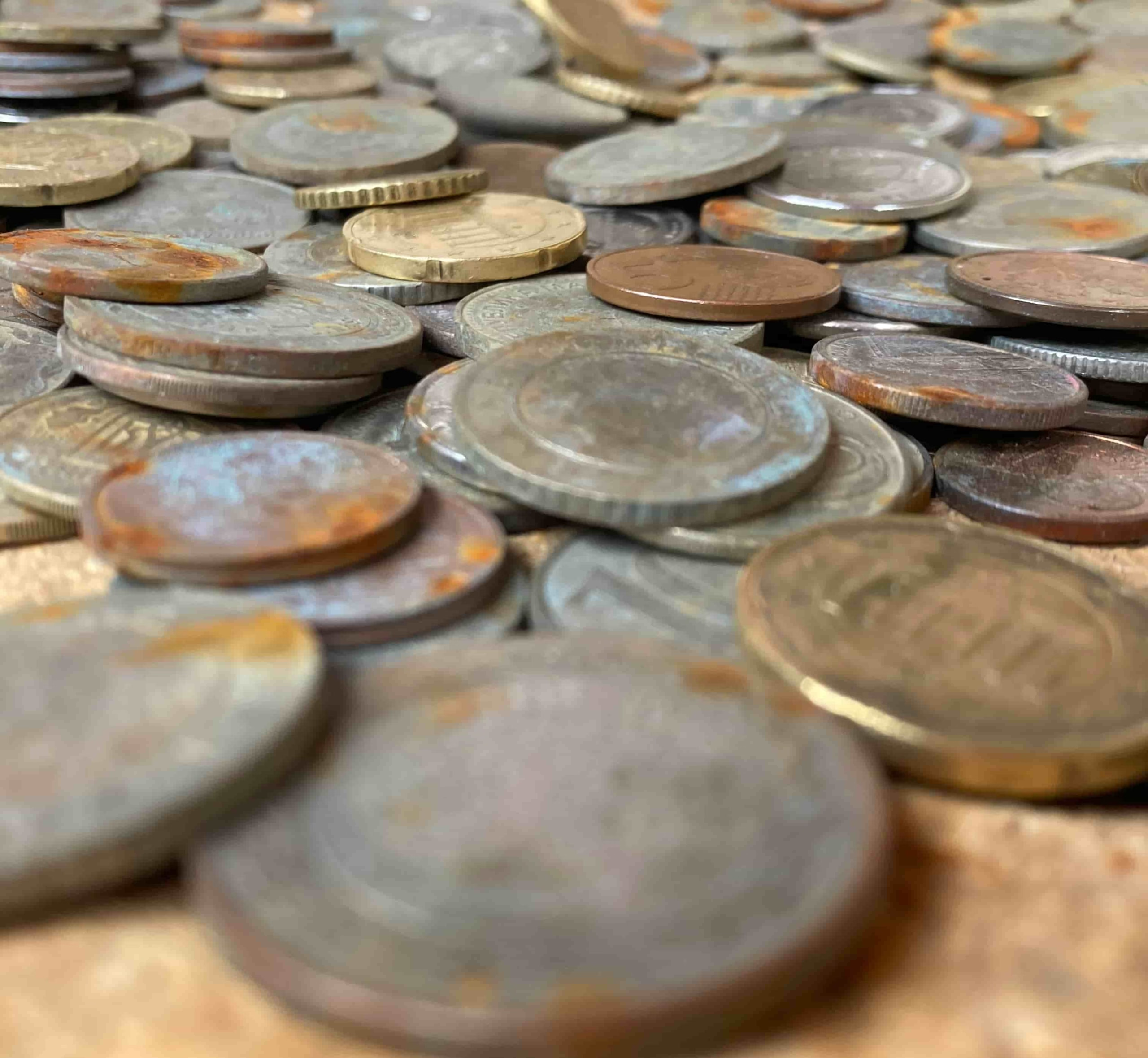Setting Emergency Fund Goals: 3–6 Months Explained
If there’s one financial habit that separates the stressed from the secure, it’s having an emergency fund. Life is unpredictable and having a dedicated cash cushion can turn a crisis into a manageable inconvenience.
But how much should you actually save? You’ve probably heard the rule of thumb: 3 to 6 months of living expenses. That’s a great starting point, but the right number depends on your lifestyle, income stability, and risk tolerance. Let’s break it all down so you can set a goal that makes sense and stick to it.
What Is an Emergency Fund (and Why It’s Not Just “Extra” Savings)?
An emergency fund is money set aside specifically for unexpected expenses. It’s not for vacations, shopping splurges, or even planned car repairs. Think of it as a financial firewall.
Common emergencies include:
- Job loss or furlough
- Medical bills not covered by insurance
- Emergency travel (e.g., to care for family)
- Home repairs (burst pipes, broken HVAC)
- Car repairs that aren’t routine maintenance
The goal? To avoid going into debt or derailing your long-term savings when life throws a curveball.
Why 3 to 6 Months of Expenses?
The “3 to 6 months” range isn’t random it’s about balancing risk and readiness.
- 3 months is typically enough for dual-income households, people with stable jobs, or those with strong family support.
- 6 months (or more) is ideal if you’re self-employed, have dependents, or work in a volatile industry.
Psychological benefit: A fully-funded emergency fund reduces anxiety. Knowing you can cover your bills—no matter what gives you breathing room to make smart decisions under pressure.
How to Calculate Your Emergency Fund Goal
The key is to base it on essential monthly expenses, not your total income or spending. Here’s how to do it:
Step 1: Add Up Monthly Essentials
Include only what you’d still need to pay in a crisis:
- Rent or mortgage: $1,300
- Utilities (electric, water, internet): $250
- Groceries: $450
- Insurance (health, car, renters): $350
- Car payment or transport: $300
- Minimum loan payments: $200
- Phone bill: $80
Total essentials: $2,930/month
Step 2: Multiply by 3–6 Months
- 3 months: $2,930 × 3 = $8,790
- 6 months: $2,930 × 6 = $17,580
That’s your emergency fund target range.
Tip: Round it up for simplicity. In this case, aim for $9,000–$18,000, depending on your risk comfort.
Where Should You Keep Your Emergency Fund?
Your emergency fund needs to be:
- Safe (FDIC or NCUA insured)
- Liquid (easy to access within 1–2 days)
- Earning some interest (so it’s not losing value to inflation)
Best Places to Store It:
High-Yield Savings Account (HYSA)
- APY in 2025: ~4.75–5.25%
- Pros: Easy access, insured, interest-bearing
- Cons: May require online-only banking or direct deposit
Related: Compare the Top 3 High-Yield Savings Accounts in 2025
Money Market Account (MMA)
- Often similar APY to HYSAs
- May offer limited check-writing or debit access
- Usually has higher minimum balance requirements
Places to Avoid:
- Stocks or ETFs: Too volatile for emergency cash
- CDs (Certificates of Deposit): Tied up for months or years
- Physical cash: Not secure, no interest, easily lost or stolen
Sample Emergency Fund Goals by Life Situation
| Situation | Monthly Essentials | 3-Month Fund | 6-Month Fund |
|---|---|---|---|
| Single renter, stable job | $2,000 | $6,000 | $12,000 |
| Married couple, one income | $3,500 | $10,500 | $21,000 |
| Freelancer, two kids | $4,000 | $12,000 | $24,000 |
| Retired homeowner | $2,500 | $7,500 | $15,000 |
Your number may be higher or lower but clarity is key. Once you have a target, you can break it into smaller monthly savings goals.
How to Build It Faster (Without Killing Your Budget)
You don’t need to fund your emergency stash overnight. Start small and build up consistently.
Tips to speed it up:
- Automate transfers from checking to savings each payday
- Use windfalls like tax refunds, bonuses, or cash-back rewards
- Cut a non-essential expense temporarily (e.g., dining out or subscriptions)
- Sell unused stuff around your home for quick extra cash
Every $100 counts and seeing your fund grow can actually make saving more addictive.
Final Thought: This Is the Safety Net You’ll Never Regret
An emergency fund won’t make you rich but it will make you resilient. Whether it takes 3 months or 12 to build yours, what matters is that you start.
Because when life goes sideways (and it will), the last thing you want is to add money stress to an already tough moment.
Up Next: Want to make the most of your emergency fund while still keeping it safe?
> What Rate of Return Should You Expect from an Emergency Fund?




